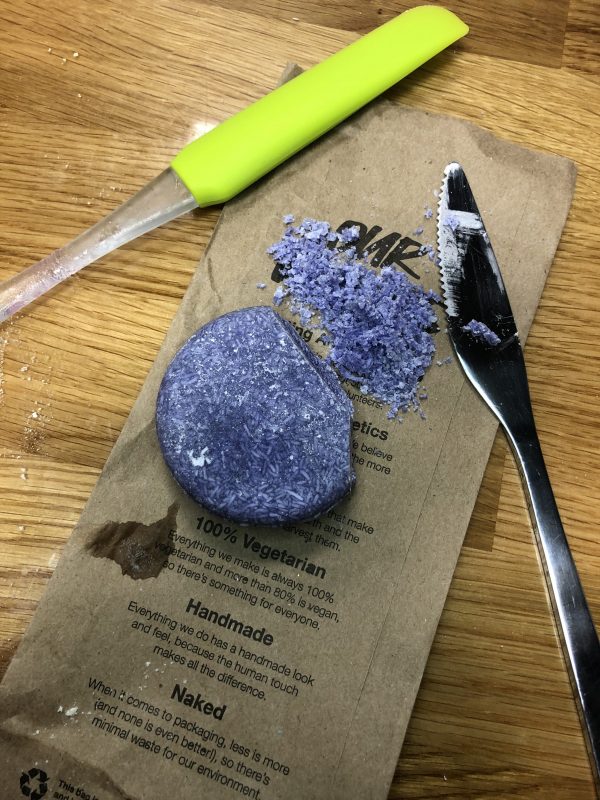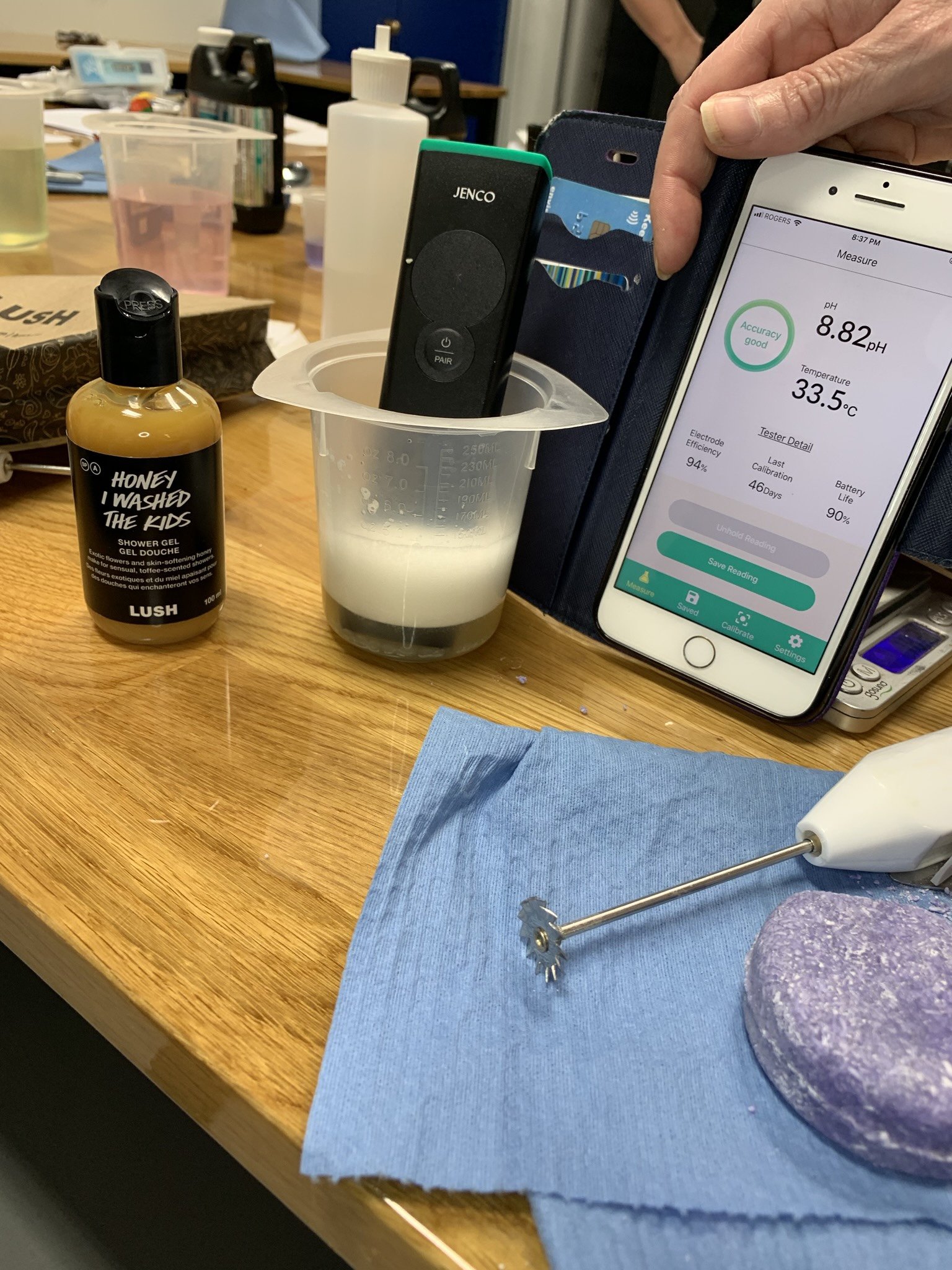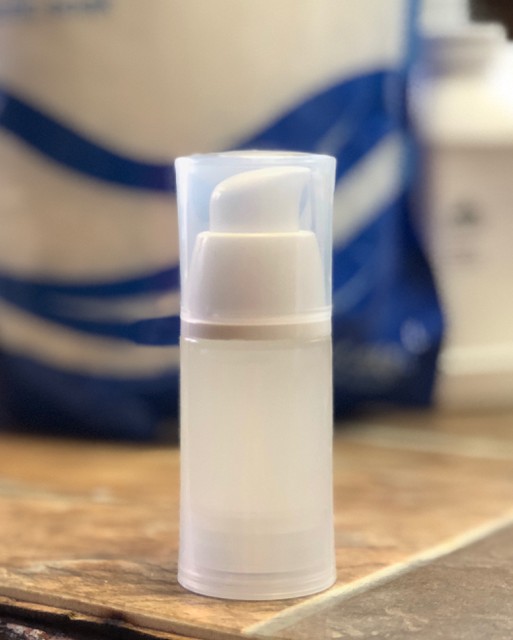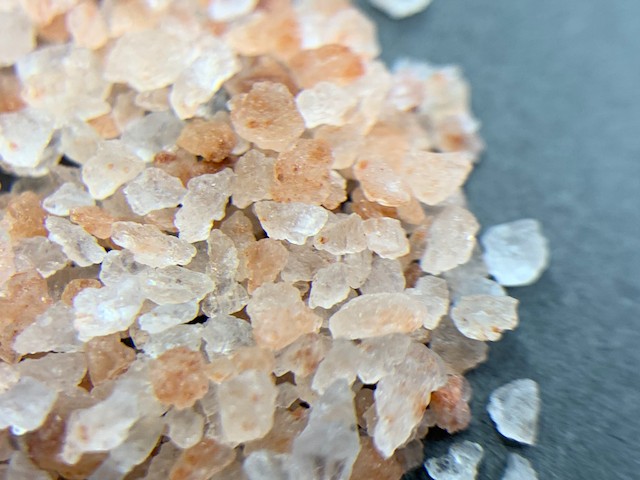How the ingredients determine the pH of a shampoo bar, and testing Lush’s Jumping Juniper bar
When we were at Windy Point Soap Making Supplies two weeks ago, we had great fun testing the pH of various Lush products, including three shampoo bars – Jumping Juniper, Montalbano, and Trichomania – as well as two “self-preserving” shower gels, Honey I Washed the Kids and The Olive Branch. Let’s take a look at...




